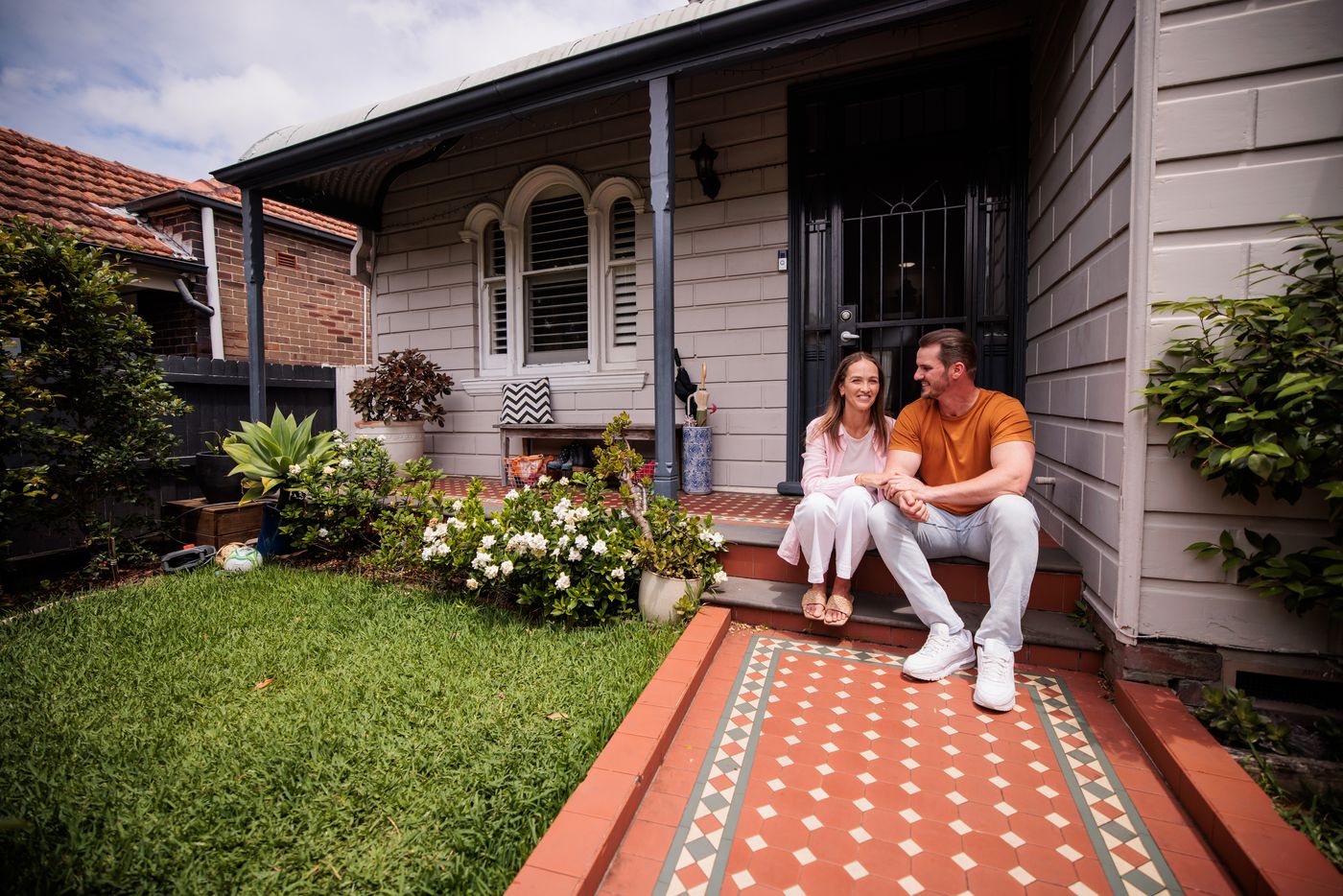Finding Your Forever Home
We are finally starting to see the costs of building a home ease, which is great news for Australians wanting to build their ‘forever home’.
Pandemic-related government stimulus and record low interest rates helped fuel the highest inflationary environment in 32 years, with the cost of building a home skyrocketing by up to 20% by September 2022.
But latest CoreLogic data shows construction costs are now rising at their slowest pace in four years. The September quarter marked the fourth consecutive quarter of easing cost pressures.
The key change has been a stabilisation of materials costs this year, coupled with a reduction in new dwelling approvals. This has made it easier for builders to source and buy the materials they need to build new homes. But labour costs are still rising.
Nonetheless, this means it will be getting easier for people to make their dream homes happen.
As we discuss in this year’s McGrath Report, the concept of a forever home has evolved.
The number of years that people are staying put in their homes in markets such as Sydney and Melbourne is rising. This indicates that more people are taking a longer term view of home ownership.
The cost of moving – including prohibitive stamp duties -- could be a factor in this trend.
Another could be empty nesters remaining in their family homes longer instead of downsizing. They’re using spare rooms for work or hobbies, or guest rooms, and many have a strong desire to stay in the community they’ve known for many years, and find there is limited stock locally to downsize into.
This trend is supported by Australian Bureau of Statistics (ABS) data, which for NSW shows the proportion of two-person family households in dwellings with four or more bedrooms increased between 2016 and 2021. The majority of two-person households in the 2021 Census (67%) were in detached houses, and 40% of them were in houses with four or more bedrooms.
Simon Kuestenmacher, co-founder of The Demographics Group, says the knock-on effect of the Baby Boomer stranglehold on family homes in our inner and middle rings, when combined with a dearth of development in these suburbs, is a push to purchase on the outskirts of our cities.
Kuestenmacher said Millennials who have started, or plan to start, a family, and who are purchasing their first homes at a much later age than their parents, are forced to move to the urban fringes where homes are larger and more affordable.
Some have gone beyond the city outskirts and relocated to the regions for even better affordability, along with a pleasant change of lifestyle.
ABS census data shows more than a third of movers from capital cities to regions in 2022 were relatively young people, aged between 25 and 44, whereas only 10% were the traditional retirees aged 65 and above making a seachange or treechange.
The work-from-home trend has also empowered purchasing decisions further from the CBD, or in regional Australia, and raised demand for larger homes with dedicated office spaces. Kuestenmacher says the standard Australian home grew by at least one bedroom during the COVID period.
Kuestenmacher expects a trend reversal in the 2030s when a critical mass of Baby Boomers is finally ready to downsize. This will open up more options for young families who want to stay in the cities.
In the meantime, stock levels have risen this Spring, giving buyers more choice while not dampening price growth. This may, in turn, lead to more homeowners thinking about a new forever home.

By
John McGrath
October 22, 2023
4 min read
Share this Article


.jpeg)

